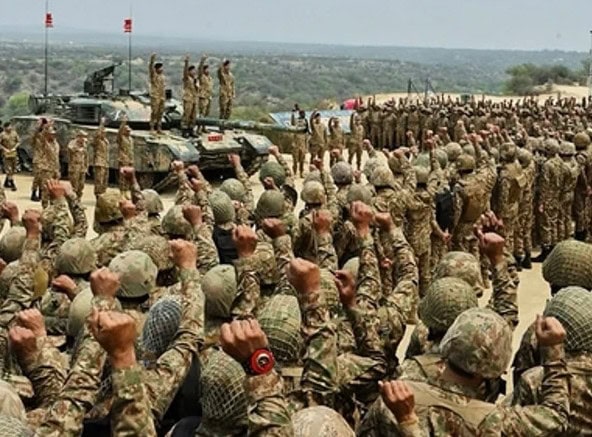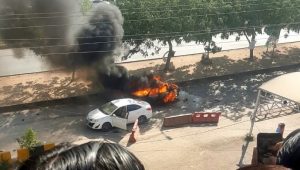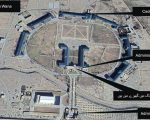In a powerful and coordinated response to four consecutive days of Indian military aggression, Pakistan launched Operation Bunyan Um Marsoos on the night of May 9–10, achieving sweeping success across military, diplomatic, economic, and strategic fronts.
The operation, whose name symbolizes an “unbreakable structure,” marked a turning point in the ongoing regional tensions. Pakistan’s Armed Forces responded with full force, neutralizing key Indian positions and demonstrating superior coordination and readiness.
Military Successes
Pakistan Air Force (PAF) played a leading role in the operation. According to official sources, PAF shot down five of India’s most advanced combat aircraft—including Rafale, SU-30, and MiG-29 fighter jets—during high-intensity aerial engagements.
On May 7–8, Pakistan’s air defense systems intercepted and destroyed an Indian missile project near Dinga. The following night, Pakistani systems successfully neutralized incoming BrahMos supersonic missiles, preventing serious damage.
Using J-10C fighter jets and AI-powered tracking systems, Pakistan successfully targeted Indian aircraft within their own airspace, while Pakistan Army units struck back along the Line of Control, demolishing brigade headquarters, forward posts, and strategic bunkers.
India carried out attacks at seven points, but Pakistan’s response was overwhelming—destroying 26 high-value Indian targets, more than triple the number attacked by India.
Naval and Drone Defense
Pakistan Navy maintained high alert throughout the operation, securing maritime boundaries. Additionally, several Israeli-made Indian drones were intercepted and destroyed before reaching Pakistani airspace.
As part of the operation, Pakistan launched Fateh-1 precision missiles, inflicting substantial damage on Indian airbases and infrastructure.
Diplomatic and Strategic Gains
Pakistan’s firm yet responsible response was recognized globally. The United Nations and several nations took note of Pakistan’s restraint before launching a defensive operation. China, Turkiye, and Azerbaijan extended full diplomatic support to Pakistan, while most Western countries remained neutral. Only Israel was visibly aligned with India, reportedly providing technical assistance.
Victory in the Narrative Battle
On the information front, Pakistan countered India’s disinformation campaign effectively. Indian media pushed false narratives that were quickly discredited, while international media outlets acknowledged the credibility and transparency of Pakistan’s position. India failed to present any concrete evidence to support its claims.
National Unity and Economic Confidence
The operation has become a rallying point for national unity. Pakistani citizens across all provinces stood solidly behind their armed forces, while reports from Indian media suggested growing internal discontent within India.
In a significant development, the International Monetary Fund (IMF) approved a $1 billion program for Pakistan, restoring international investor confidence and boosting economic morale.














